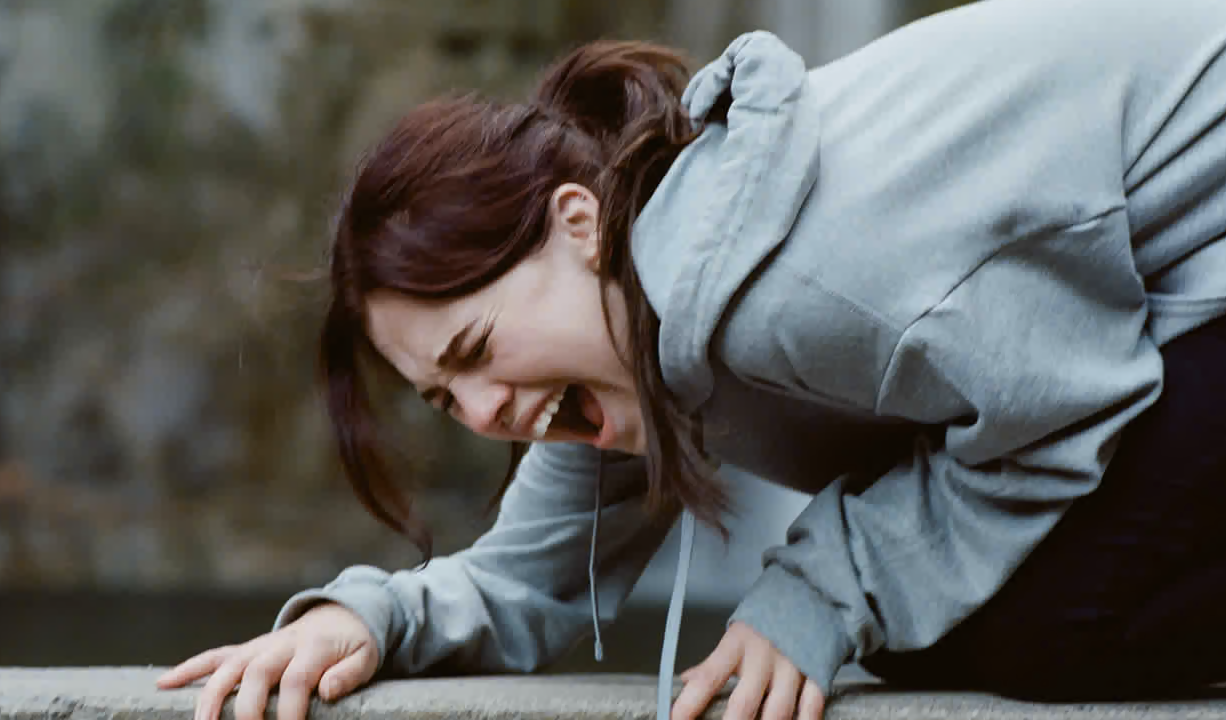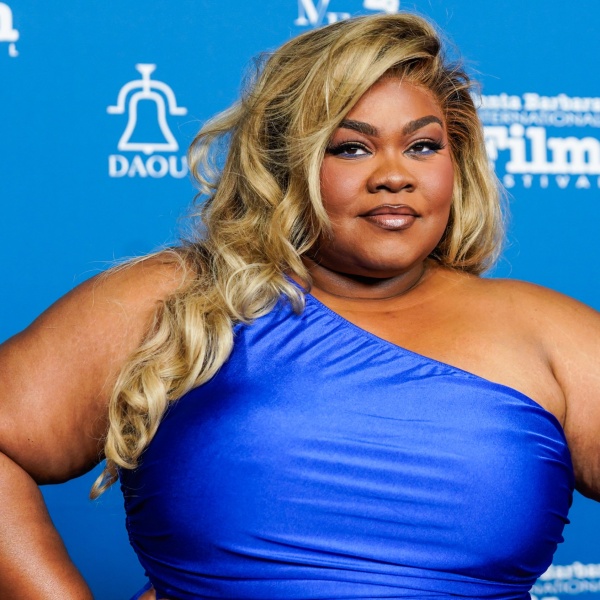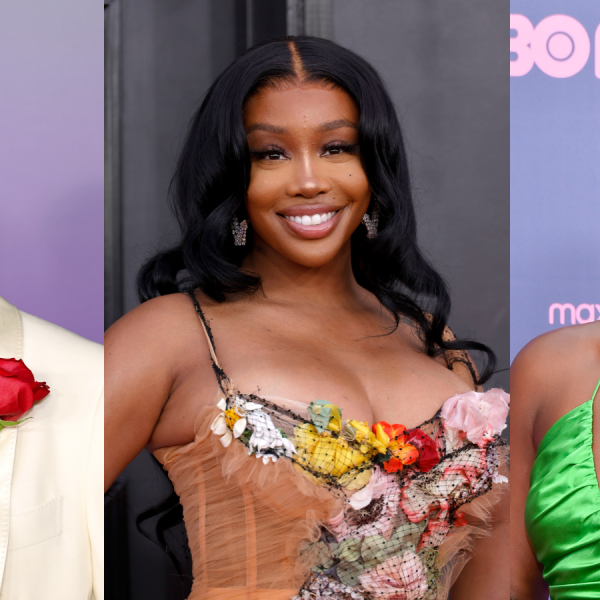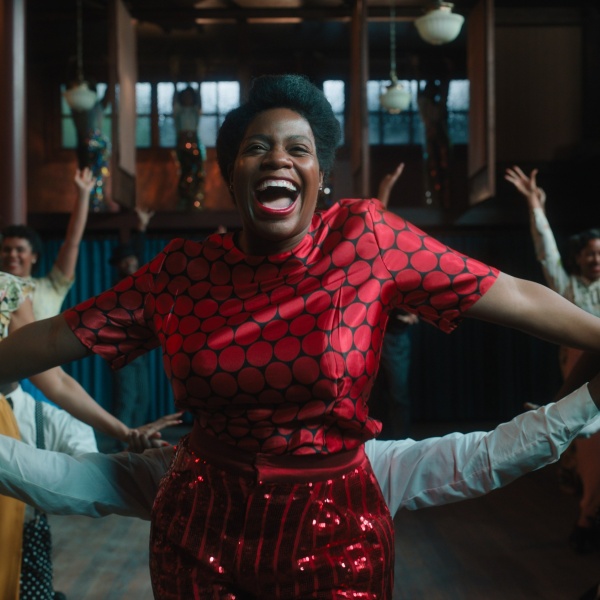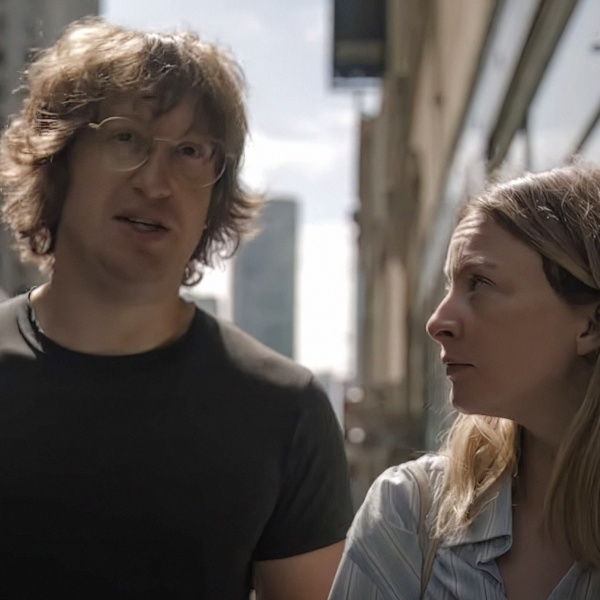On a Zoom with writer/director Zia Anger and actor Odessa Young to chat their new film, “My First Film,” the lovefest that exists between the two is immediately clear.
The amount of respect and admiration between the filmmaking and star is palpable as they talk about undertaking Anger’s “My First Film,” based on her 2019 multimedia art project of the same name, which was itself about her lost film “Always All Ways, Annie Marie.” Young plays Vita, a filmmaker who looks back at making her movie — about a woman played by her friend Dina (Devon Ross) — who gets pregnant and decides to leave home. It also looks at Vita’s own history with her queer parents and extraordinary conception story, as she was raised by two mothers and a gay father, who brought over his sperm during a blizzard for Anger’s mothers to use to conceive her. “My First Film,” meanwhile, asks thorny questions about making art, about women’s bodies, while upending how to tell one’s own story across media.
Deciding to adapt the art project into her “first” film was an easy choice in some ways for Anger. But it was also the story she had to tell if she still wanted to be a filmmaker.
“I went for it knowing that it could be a total failure and also knowing that I was not concerned with that. What I am interested in is beyond success and failure… [‘My First Film’] was really about pursuing how to fall in love with making films, how to find collaborators that I found joy in working with and wanted to work with forever, like Odessa,” Anger told Indiewire.
Having those types of collaborators when making such an intensely personal film — including cinematographer Ashley Connor and co-writer Billy Feldman, both of whom worked on “Always All Way Anne Marie” — was key. So was finding her Vita, Anger’s film stand-in. Young, the 26-year-old breakout star of films like Sam Levinson’s modern update on the Salem Witch Trials, “Assassination Nation,” or Josephine Decker’s Shirley Jackson portrait “Shirley,” was already an Anger fan after seeing previous iterations of the “My First Film” multimedia project. When Young received a script with a letter from Anger about potentially starring in the film, Young joked that she didn’t even read it; she was already on board. Their initial rehearsal process was spending a lot of time together, over meals, talking about “Always All Ways, Annie Marie” as well as the new film.
Young commands the screen as Vita, especially when the film breaks the third wall with the fictional Vita and real Anger connecting. Much of the texture of the film comes from a mix of multimedia — a recreation of filming the first movie spliced with behind-the-scenes footage and other videos Anger has made along the way.
“No matter what the project is, it always kind of ends up being about the director anyway,” Young said. “That’s just the nature of things. And I was used to that. I was used to looking to the creator for inspiration or for guidance, but this was obviously much more explicitly about Zia’s experience. Once you internalized that agreement, there was kind of no holding back. I was extremely lucky to have Zia not only as my leader, if you will, but as just a resource. This is what drew me to her work … it is so honest and fearless and vulnerable. Her work is not necessarily in the interest of self-preservation, and I really appreciate that in art. Her work is in the service of trying to understand something better.”
Young mentions she didn’t realize how close her Vita was to the young real Zia until toward the end of the film with her dark hair, puffer vests, and central New York accent — basically, the two became one person during the filming. Anger said, “We called it ‘the merge.’ We did so much preparation beforehand. We probably did two full months of in-depth preparation, including with Monica Mirabile, the movement director. By the time we got on set, it just felt like we were operating as one person in a lot of ways, but slowly becoming each other even more. It was honestly just really beautiful, and I felt like I was meeting this soulmate that was so beyond — of course, she’s playing some version of me, but she is a phenomenal artist. When we hugged at the end, that was the second to last thing we shot, and it did feel like this electric moment of being able to come together as versions of each other and soulmates.”

Anger melds her own life into the picture by having her actual father, Ruby Max Fury, play Vita’s dad in the film-within-a-film. There’s also a lot about Anger’s own mythmaking, the story about her own conception as a child, and her environment growing up. She said looking back at the art project feels relatively simple now after making the film, but having this narrative told in a complex way was also a testament to her own thoughts about audiences.
“Your general audience can understand something that’s incredibly complicated because we’re constantly on our phones. We’re binge-watching 10 seasons of reality TV a weekend. We can understand complicated narratives, and then we’re doing all of that at once. It changed both a lot and also remained completely within the goal of simplifying it, but also understanding how smart an audience is,” Anger said.
She made the film with the goal of falling back in love with filmmaking. Part of that is in the way Anger explores women making art. An early scene where Vita meets with a production company centered on female-empowering films is funny and equally exhausting. A too-involved boyfriend during Vita’s making of the film feels is familiar to any woman who has had a man explain art to her. Abortion, meanwhile, is shown in a way unlike in most films.
Understanding this scene was critical to Anger’s project: “That final scene was really this exercise of a kind of filmmaking that I wanted to do, but also that one rarely sees because the industry is so addicted to the pain and trauma of basically any other, right? My first primary goal was to write an abortion scene that maybe wasn’t realistic, but encompassed my feelings about abortion, which was: ‘That’s the best thing I’ve ever done.’ [Given my parents,] it’s one of the best things I’ve ever gotten to experience having the conception I did. I guess I wasn’t there, but that’s pretty fucking radical. So that final scene was really about capturing all those things,” Anger said.
Seeing an abortion scene rooted in joy and family history was for Young a singular experience during production. “Vita basically [has] the desire to be traumatized. Vita’s really like, ‘The thing I create will only have value if I am traumatized.’ And then the entire film is about everybody being like, well, you don’t have to be,” Young said. “Why are you so preoccupied with creating traumatic stories when you are actually given all of the resources for joy? By the end of the film, that was the thesis that I was living and breathing. That made me very emotional in that last scene because it’s like, you have everything you need. You have your body, you have your history, you have your life, you have your imagination.”
There’s a lot about creative failure in “My First Film,” but that’s not something that Anger initially set out to question or explore.
“I knew it was about failure loosely, but like I said earlier, it really was about releasing that fear of failure at all, or those parameters. The parameter of success and failure is totally the most capitalist shit ever. I think that a lot of us are living under these parameters that are both very real and very difficult to ever transcend from, unless you really focus on that,” she said. “For me, it was really about being like, I can’t be worried about what somebody will say about this film in the future. I have to be deeply present in the process of making something… The healthiest thing to do was to remove those feelings from my mind. At the end of the day, if there was a question, ‘Did that scene work, or is this good?,’ I would go to this more heart-intuitive space and see if it resonated there.”
Keeping that question in the back of her mind has made “My First Film” into a feelings-first, intuitive piece of filmmaking.
“My First Film” will be available to stream on MUBI starting Friday, September 6.
